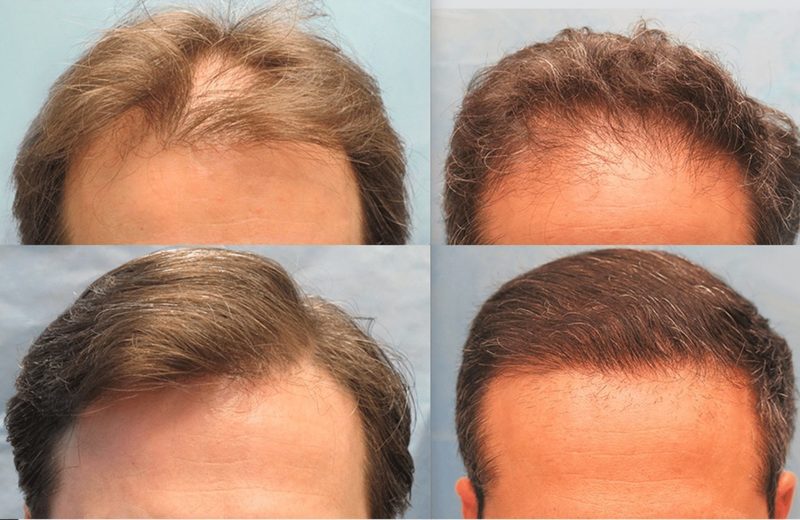Permanent Facial Hair Treatment: Is It worth it?
819
0
·
2021/03/09
·
3 mins read
☕
WriterShelf™ is a unique multiple pen name blogging and forum platform. Protect relationships and your privacy. Take your writing in new directions. ** Join WriterShelf**
WriterShelf™ is an open writing platform. The views, information and opinions in this article are those of the author.
Article info
Tags:
Total: 522 words
Like
or Dislike
More from this author
More to explore










Surgeons observe many hair loss patients feel they are not candidates for a facial hair transplant because no applicable hair exists on their scalp. This sense of misery renders into other areas, and patients can end up resorting to hairstyles matching this mindset.
There is another solution for those who would consider a beard transplant if they had the donor hair. Although there has been some question about this method's ability, progress in technology has made beard hair become a very safe source of hair for scalp transplantation for many causes.
Healthy Donor Supply
The beard can give between 3000 to 5000 single follicular grafts for the Follicular Unit Extract (FUE) harvesting method when taking donor hair from the beard. This process uses sharp blows and shallow inserts of up to 2mm deep to pluck the follicles. However, harvesting hair from the beard is distinct from harvesting hair from the scalp, and it can be a challenge. There is a profound change in the angle at which hair can exit the beard (instead of exiting the scalp), and seeing the right removal angle crucial for a thriving hair transplant. The skin where the beard is rising is also an aspect not being during a transplant of scalp hair. For this cause, it is crucial to use a facial hair transplant surgeon endured with removing donor hair from diverse sources on the body other than the scalp.
Gives Exceptional Density
Each follicle of hair placed in the beard has almost twice as usual cuticle covers as hair follicles on the scalp, and on medium, the diameter per strand is 125 microns versus 69 microns for scalp hair. When seeing at many racial groups like Caucasian, Asian, and African, the beard hair width for all is average 70-100% higher when related to scalp hair for per group.
Easier Anesthesia Use
The anesthesia for beard transplant harvesting is not difficult to get. Doctors use a partial cervical plexus section with Marcaine .25% plus epinephrine to form a long-acting block. This will anesthetize most of the neck below the mandibular angle but build with local anesthesia with the mandibular edge. It is very simple to top up the anesthesia, and the base is keener to work than a total ring block.
Faster Recovery
Performing a new beard transplant harvest on a man who had earlier had many hair transplants. His neural donor sites were tired, but his beard gave the exact grafts we wanted to fill in fields. There was minimal pain after the method, and the neck donor area was restored very correctly. Because all reaping was done below the chin and mandibular angle, no notable donor site was apparent after the first week. The skin was just a few pink.
Conclusion
So, for those interested in the beard transplant of hair from an origin other than the scalp, a facial hair transplant is a method certainly worth counting. Particularly when more donor hair is required and fast restoration time is needed. Contact us to program a one-on-one consultation with our best doctors. We would be happy to address this in more detail with you.